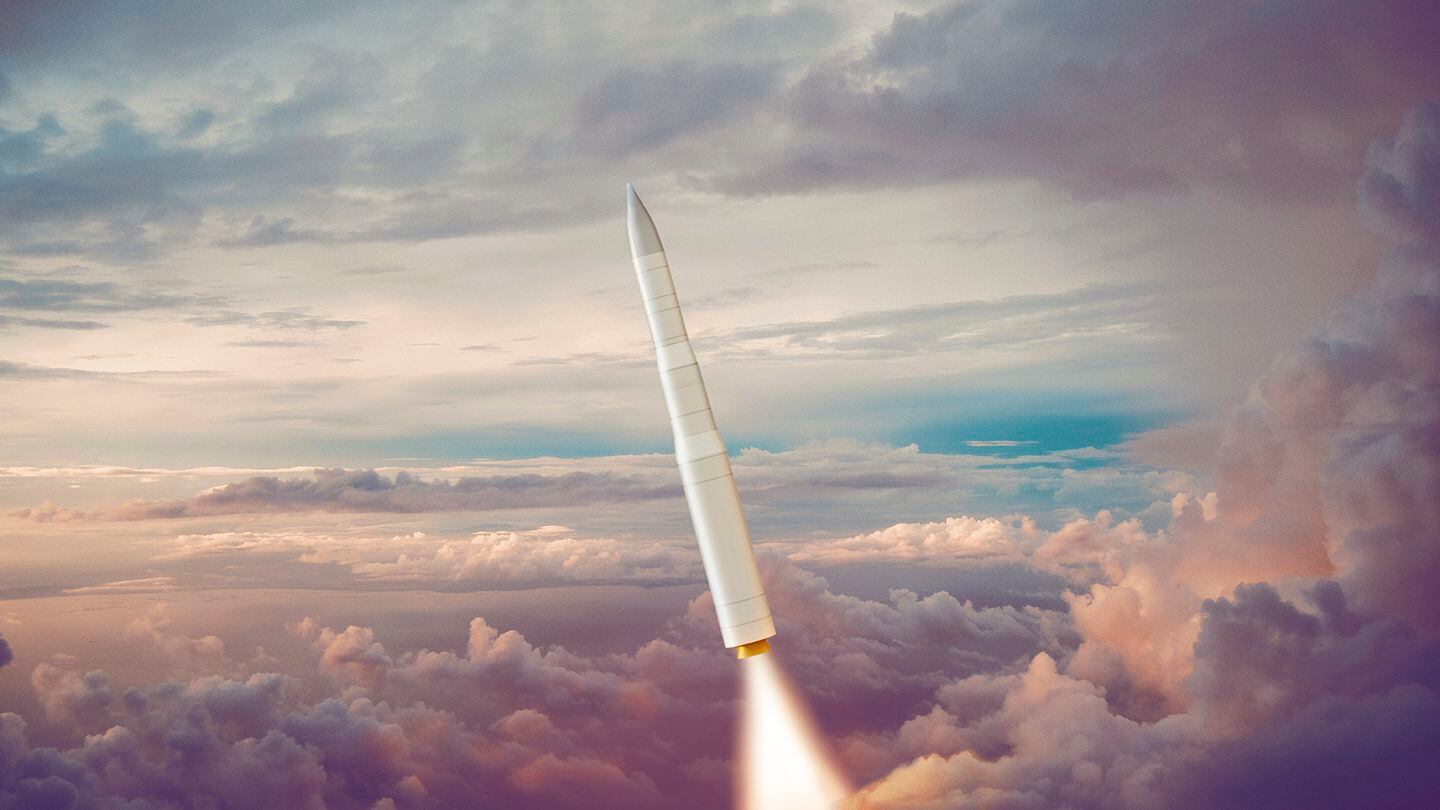
WASHINGTON — One of the U.S. Air Force’s nuclear missile programs is “struggling” and could see costs rise, the service’s secretary said Monday.
Frank Kendall, speaking at an online event hosted by the Center for a New American Security think tank, said he is “more nervous” about the LGM-35A Sentinel intercontinental ballistic missile than the B-21 Raider stealth bomber. The twin efforts to upgrade the Air Force’s legs of the nuclear triad — both of which are run by Northrop Grumman — are programs that “cannot fail,” he said.
Kendall declined to go into detail about the problems facing Sentinel, citing his recusal from making decisions on the program. Kendall stepped back from the Sentinel and B-21 programs when he became secretary due to his previous consulting work with Northrop.
But the vast scope of the Sentinel program — which includes real estate development; civil engineering; the creation of both communications and command-and-control infrastructure; and the production of the missile itself — has proved challenging, he said.
“Sentinel is one of the most large, complex programs I’ve ever seen,” Kendall said. “It’s probably the biggest thing, in some ways, that the Air Force has ever taken on.”
The Air Force awarded Northrop a $13.3 billion contract in 2020 to develop the Sentinel program — then referred to as the Ground Based Strategic Deterrent, or GBSD — to succeed the LGM-30G Minuteman III, which first deployed a half-century earlier. Sentinel is expected to cost roughly $100 billion in total.
But in the early stages of the program, Kendall said, there was a great deal of uncertainty, particularly on costs. Part of that uncertainty stemmed from the multiple decades that had elapsed since the Minuteman was created.
Kendall said “unknown unknowns” are surfacing that the department will have to work through, including factors related to command-and-control infrastructure, such as the complexes that missileers would use to launch the Sentinel.
Kendall said some costs may rise in the process.
“As we get more into the program, as we understand more deeply what we’re actually going to have to do, we’re finding some things that are going to cost money,” Kendall said. “We’re trying to assess how much of an impact that’s going to have and what kind of adjustments we’re going to have to make because of it.”
The Government Accountability Office released a weapons assessment report in June outlining problems with Sentinel that would cause its rollout to slip from 2029 to sometime between April and June 2030.
GAO highlighted lingering staffing shortfalls, supply chain issues and software challenges.
The Minuteman III program that Sentinel will succeed includes 400 missiles in 450 silos across nearly 32,000 square miles.
Kendall added he is “cautiously optimistic” about the B-21 program. The first Raider carried out its long-awaited first flight on Nov. 10, and Kendall said it has “got a ways to go on the flight testing.”
The B-21 experienced “minor slips internally,” Kendall said, but has for the most part followed the plan he and William LaPlante, now undersecretary of Defense for acquisition and sustainment, put together during their previous tenures in the Pentagon during the Obama administration.
At the time, Kendall was undersecretary of defense for acquisition, technology and logistics, and LaPlante served as assistant secretary of the Air Force for acquisition, technology and logistics.
Stephen Losey is the air warfare reporter for Defense News. He previously covered leadership and personnel issues at Air Force Times, and the Pentagon, special operations and air warfare at Military.com. He has traveled to the Middle East to cover U.S. Air Force operations.